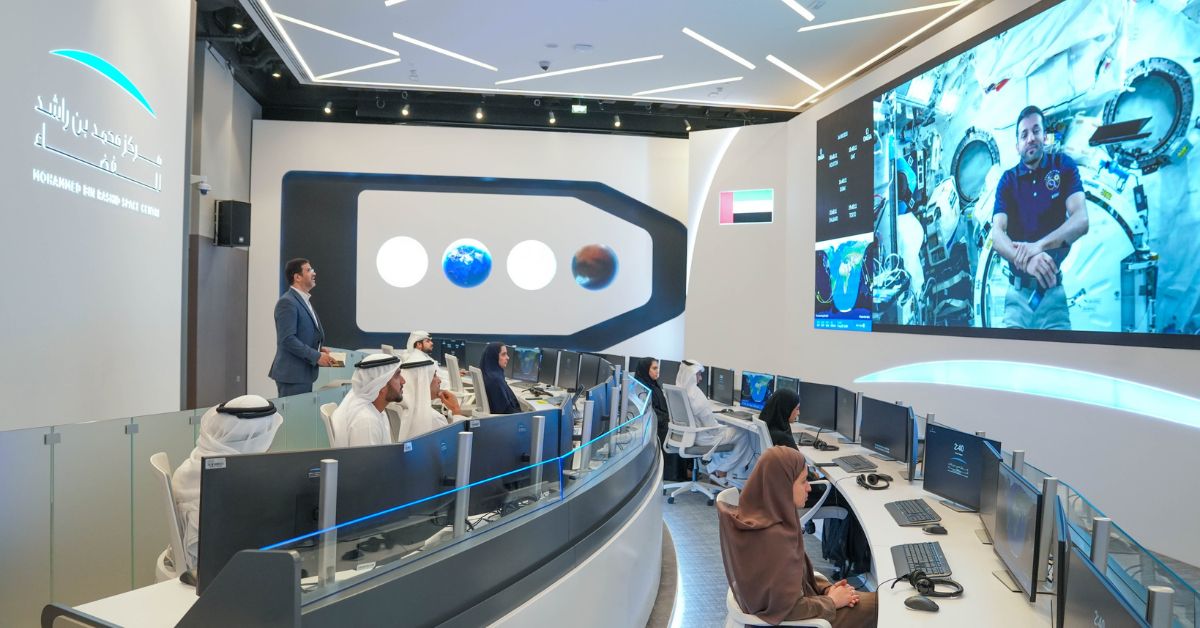DUBAI — The UAE Astronaut Program is a sustainable initiative aiming to develop a national astronaut team, said Salem Humaid AlMarri, Director-General of the Mohammed bin Rashid Space Center (MBRSC).
“This team will fulfill the country’s scientific exploration aspirations, participate in manned missions, and contribute to global space exploration by preparing a team of Emirati astronauts,” AlMarri told WAM.
He noted that astronaut Sultan Al Neyadi is currently on the longest space mission in Arab history, lasting six months, aboard the International Space Station (ISS). This mission has elevated the UAE’s and the entire Arab world’s stature, surpassing all expectations. Upon Al Neyadi’s return to Earth, the center will strategize to secure a space flight seat every 3 to 5 years.
AlMarri celebrated Al Neyadi’s accomplishments during his mission. Notably, Al Neyadi became the first Arab to undertake a spacewalk during Expedition 69. He ventured outside the ISS, proudly bearing the UAE flag, making the UAE the 10th country to perform a spacewalk on the ISS.

Discussing the UAE’s ambitious space endeavors, the MBRSC Director-General shared that under the UAE Astronaut Program, the country now boasts four qualified astronauts, including Hazza al Mansouri and Sultan Al Neyadi. Noura Al Matrooshi and Muhammad Al Mulla have completed their training at NASA’s Johnson Space Center in Houston, preparing for future space missions.
Regarding Arab collaborations in space projects, AlMarri emphasized the UAE’s partnerships with Bahrain and Kuwait. Talks with Egypt and Saudi Arabia focus on satellite-building training.
The UAE-Bahraini Light-1 CubeSat was launched into orbit from the ISS in February. Plans are underway for future moon missions via Rashid Rover 2, the UAE’s second lunar mission. Partnership discussions with Kuwait on training programs and with other Arab nations on similar ventures are progressing.
AlMarri also mentioned that the MBRSC is gearing up to welcome Sultan Al Neyadi back from his mission in a few weeks. Upon his return, he will initiate community-based scientific and experimental programs to share his experiences.
Highlighting upcoming projects, AlMarri revealed that the center is finalizing the “MBZ-SAT”, set to launch in mid-2024. This satellite, the largest and most advanced in the center’s history, will provide high-resolution imagery.
Designed and manufactured by the Mohammed bin Rashid Space Center with contributions from the UAE’s private sector, the MBZ-SAT will feature an automated imaging system, ensuring top-quality commercial satellite images.
This endeavor will bolster the UAE’s space industry collaborations between public and private sectors. The MBZ-SAT aims to cater to the rising commercial demand for high-resolution satellite images, capturing details within areas smaller than one square meter, marking a significant advancement.

